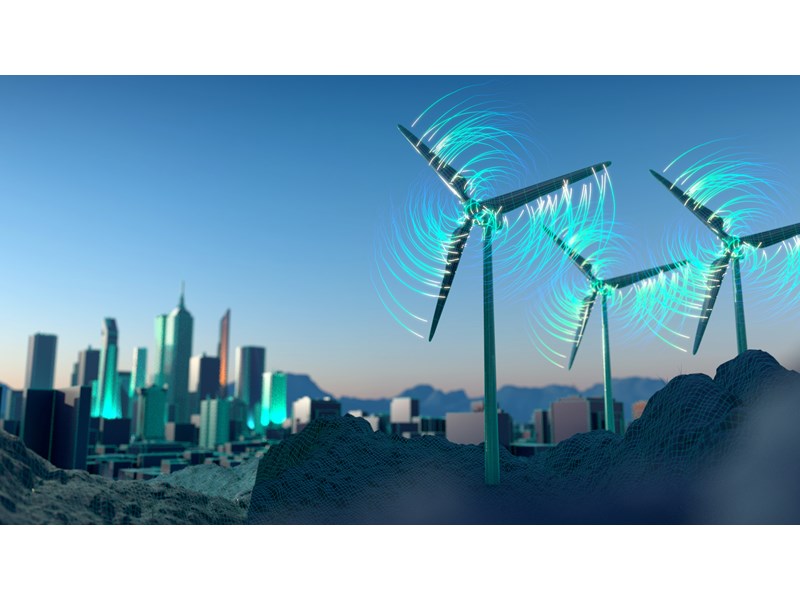How ports can navigate the energy transition
As energy and commodity markets transform, so does the role of ports
1 minute read
By Malcolm Forbes-Cable, Vice President, Energy Consulting and Lisa Gillespie, Principal Consultant, Energy Consulting
Change is afoot in the global energy and commodity markets as economies align themselves with the push for net zero. The pace of change varies but the global nature of the markets means that ports around the world are also entering a period of transformation. So, what are the key questions ports operators and investors should be asking themselves?
What’s the macro context and market outlook for the energy and commodity markets?
A great deal of global attention has been focused on the COP26 summit. It’s no surprise that hydrocarbons – which currently meet 80% of primary energy demand – have been central to discussions. Coal, in particular, came under the spotlight early on, with more than 40 countries agreeing to phase down coal-fired power; although this agreement has been shunned by China, India, the US and Australia. Not quite the end of the coal but a strong indication of the direction of travel for demand.
Many countries and companies have announced targets for net zero by 2050. While China 2060 and India 2070 is slower than many may have hoped, the intent is clear – and the global energy system is transitioning. Electrification of transport will impact oil demand in the long run and is already driving demand for battery raw materials. As the energy system pivots towards a low carbon future we see huge growth in sectors such as offshore wind, CCUS and hydrogen, the latter two supported by substantial government-backed financial and policy incentives to support their growth.
What actions are ports taking to adapt to the energy transition?
Some of the world’s most prominent commodity ports are already tackling the energy transition challenge head on.
Ports close to industrial centres are forming consortia to meet net zero targets.
In areas close to the rapidly-increasing offshore wind market, they’re investing in infrastructure to service the installation and maintenance of these wind farms. Ports close to industrial centres are forming consortia to meet net zero targets, establishing an industrial decarbonisation pathway and laying the foundations for the low carbon industries of tomorrow.
For these ports, this isn’t just an exercise in facilitation – early positioning in these emerging low carbon markets is strategically sound, securing their future business and helping to offset falling revenues from more carbon intensive revenue streams.
What infrastructure will be required and how could port land use change?
The infrastructure question is one of the biggest strategic challenges that ports face, as the energy system shifts to a lower carbon base and new commodities are traded.
Hydrogen and CO2 (for carbon storage and sequestration) are a case in point – embryonic in development yet being hailed as pivotal to the decarbonisation of the global energy system. While those ports with deep water loading and experience in handling bulk liquids are well positioned for this new trade there are going to be many ports that find themselves located near hydrogen production but without the facilities or capabilities required to adapt and grow.
On the land side the energy transition is an opportunity to attract new tenants, especially from the supply chain of these new low carbon industries. Early alignment and positive association with the energy transition will attract new business and pay dividends.
What energy transition opportunities are emerging for ports?
Ports need to identify what opportunities (and challenges) the energy transition presents. For some this may be clear, guided by tangible demand and more tactical in nature. We have seen this in many European North Sea ports that have invested in their infrastructure to position the businesses to serve the offshore wind sector and its supply chain.
For other ports, or aspects of their business, it may be about supporting the transition from a hydrocarbon-based trade to low carbon fuels. And for some it may be about realising their strategic location and actively engaging in unlocking this opportunity.
Reimagining the business and creating a vision for the future will help identify new opportunities and partnerships.
Case study: Firth of Forth net zero hub
In a recent white paper we explored an unparalleled opportunity to turn Scotland's Firth of Forth into a net zero hub. Fill in the form at the top of the page for a complimentary copy.
Got questions about the future of ports?
Ports and industrial clusters must assess their future through the lens of the energy transition. With research and consulting expertise across the global natural resources industry supported by proprietary tools, analytics and global databases, we are uniquely positioned to support your needs.

Malcolm Forbes-Cable, Vice President, Energy Consulting






